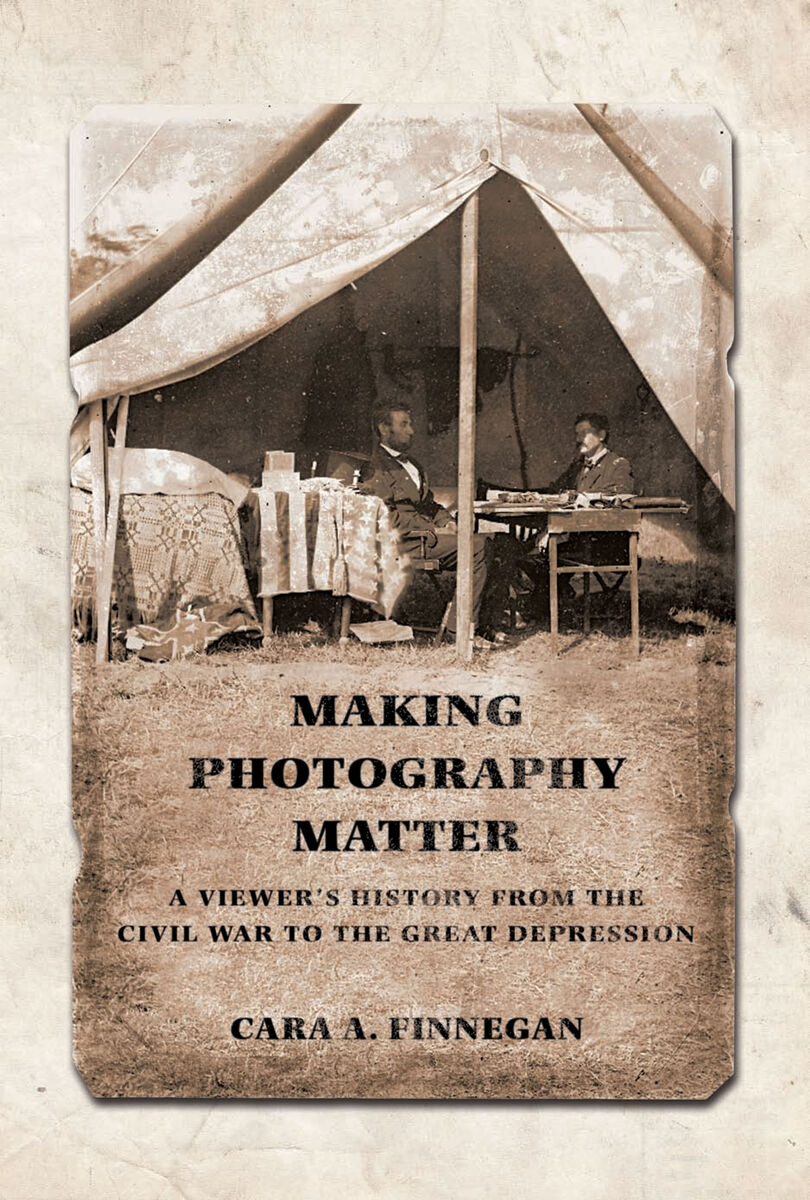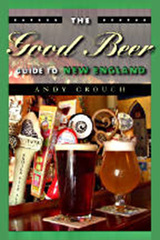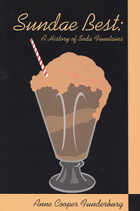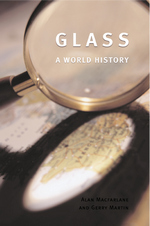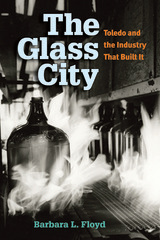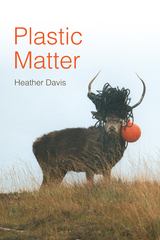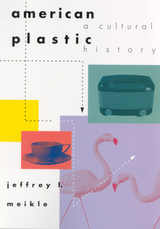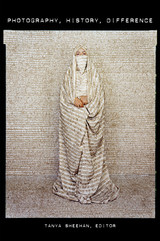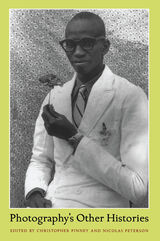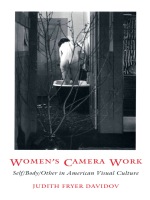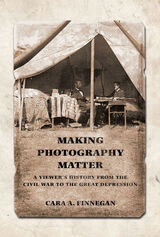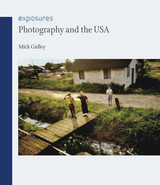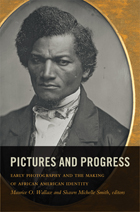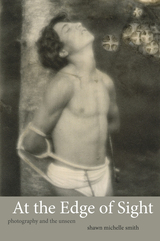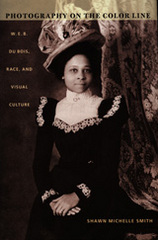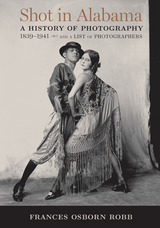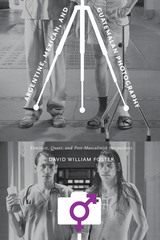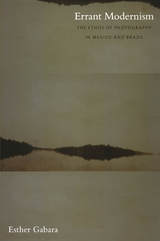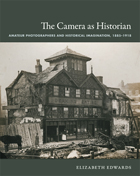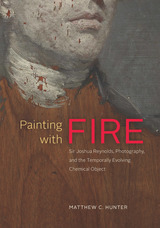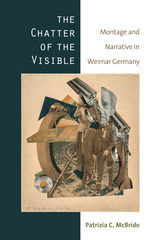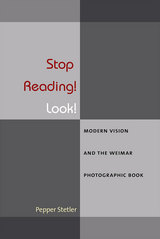Making Photography Matter: A Viewer's History from the Civil War to the Great Depression
University of Illinois Press, 2017
Cloth: 978-0-252-03926-3 | Paper: 978-0-252-08312-9 | eISBN: 978-0-252-09731-7
Library of Congress Classification TR23.F548 2015
Dewey Decimal Classification 770.9034
Cloth: 978-0-252-03926-3 | Paper: 978-0-252-08312-9 | eISBN: 978-0-252-09731-7
Library of Congress Classification TR23.F548 2015
Dewey Decimal Classification 770.9034
ABOUT THIS BOOK | AUTHOR BIOGRAPHY | REVIEWS | TOC
ABOUT THIS BOOK
Photography became a dominant medium in cultural life starting in the late nineteenth century. As it happened, viewers increasingly used their reactions to photographs to comment on and debate public issues as vital as war, national identity, and citizenship.
Cara A. Finnegan analyzes a wealth of newspaper and magazine articles, letters to the editor, trial testimony, books, and speeches produced by viewers in response to specific photos they encountered in public. From the portrait of a young Lincoln to images of child laborers and Depression-era hardship, Finnegan treats the photograph as a locus for viewer engagement and constructs a history of photography's viewers that shows how Americans used words about images to participate in the politics of their day. As she shows, encounters with photography helped viewers negotiate the emergent anxieties and crises of U.S. public life through not only persuasion but action, as well.
Cara A. Finnegan analyzes a wealth of newspaper and magazine articles, letters to the editor, trial testimony, books, and speeches produced by viewers in response to specific photos they encountered in public. From the portrait of a young Lincoln to images of child laborers and Depression-era hardship, Finnegan treats the photograph as a locus for viewer engagement and constructs a history of photography's viewers that shows how Americans used words about images to participate in the politics of their day. As she shows, encounters with photography helped viewers negotiate the emergent anxieties and crises of U.S. public life through not only persuasion but action, as well.
See other books on: Civil War | Documentary photography | Finnegan, Cara A. | Great Depression | Photography
See other titles from University of Illinois Press
